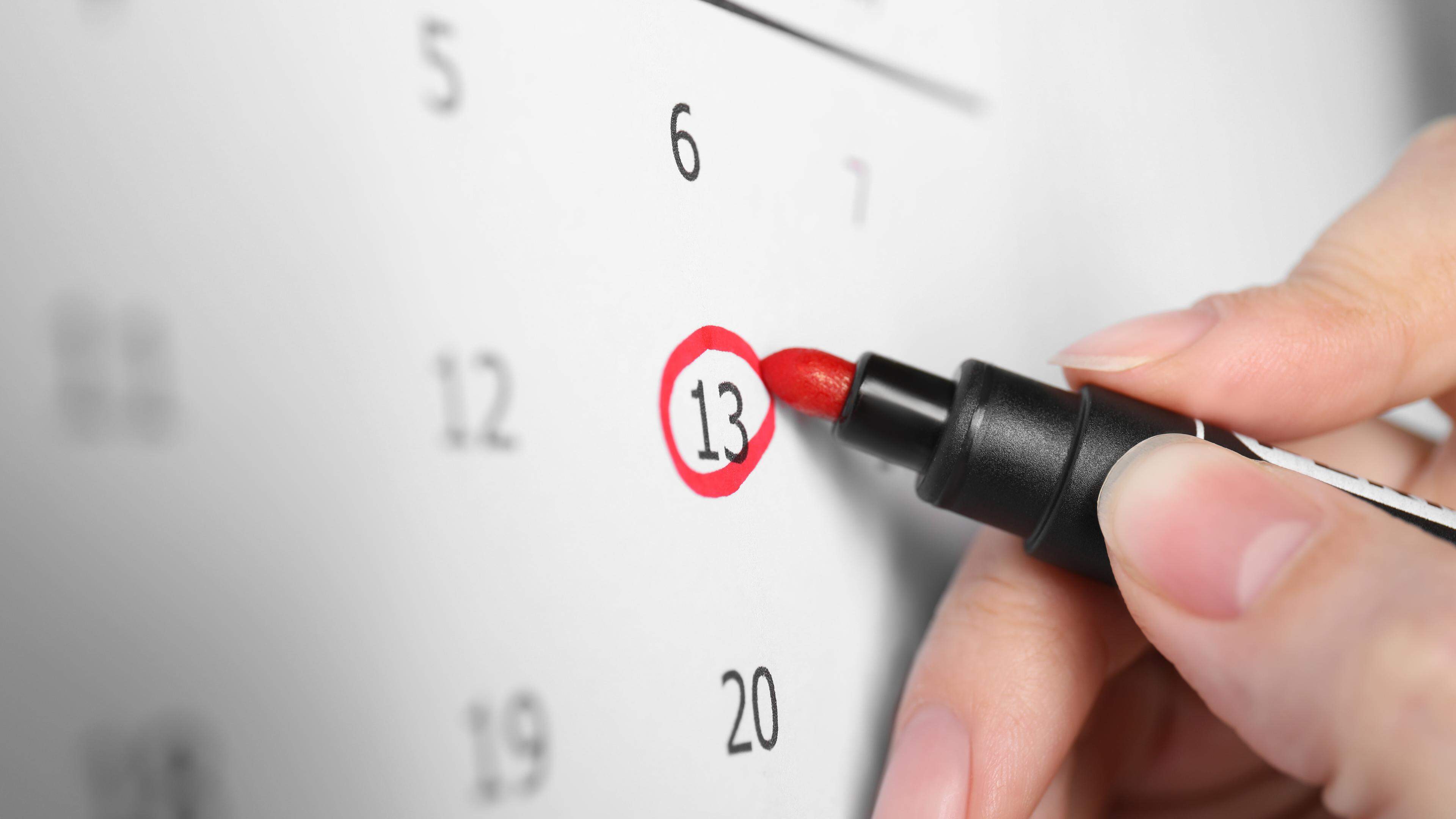Digital Twin Ocean must show citizens and policy makers how ‘everything is connected to each other’
:format(webp)/s3/static.nrc.nl/wp-content/uploads/2025/06/06163909/data133311091-ba69b0.jpg)
In Nice you can not only take a dip in the Mediterranean Sea these days, there are also all other seas and oceans in the world – albeit virtually. This is possible via the so -called Digital Twin Oceanmade by the French non-profit organization Mercator Océan International (MOI). On a pavilion that is part of the third Oceans conference The model can be found from the United Nations, which will take place from 9 to 13 June in the southern French city.
The Digital Twin Ocean can be ‘visited’ through large screens. Curious people can request simulations from the oceans via the AI powered models – in the past, the present and the future. Models can be requested about countless themes: from the height of sea level to biodiversity on the seabed, the state of the sea ice, Kusterosia and Turtle Drift: how endangered turtle species move in the water. And there are endless parameters that can be rotated: from fishing and sea transport to the impact of large climate treaties.
« What is new about this model is that we can request concrete » what if « scenarios, » says Alain Arnaud, who Digital Ocean Director leads the project. « That gives us the opportunity to investigate the impact of actions that we can take. For example: if the plastic pollution of the Rhône river decreases by 50 percent, what does that mean for the health of the Mediterranean Sea? »
Read also
Also read: Man owes a lot to the ocean, but what can people do for the ocean?
Collect data
The data with which the Digital Twin Ocean is fed comes from research projects worldwide. « Think of meters in the oceans, paid by states, by Europe, by international cooperation projects. » The information is not new: « But the data was spread over platforms and projects. Then you will find information about the water temperature, but only at a certain depth. » Also this type of data for lay people are not always legible. « We want to bring all data together on one platform and make them visual. »
The intention is that citizens, companies and policy makers can use the digital oceans to make better -informed decisions. « That a young person sees that if he throws a plastic bottle in the water here in Nice, that has 1,000 kilometers away. The same applies to policy makers: for example, you can ask the model what the construction of a dike has on water quality and the fish that live there. »
It must also contribute to more international cross -pollination. « In Italy, where there is a lot of Kusterosia, they can, for example, look at measures taken in the North Sea: the model can show what impact the same measures would have in the Mediterranean Sea. »
Read also
Read also: search for bluefin tuna in the ever -warmer Mediterranean Sea
Climate deniers
The model also has weaknesses. Because the data comes from all kinds of different parties, it is difficult to check it scientifically. « It works a bit like Google and Social Media: we cannot stop people to share data and it is complicated to subject all that data to scientific checks. » A number of safety checks have been built in and ultimately Mercator wants to go to a system where data is labeled. « Then users can see: ‘Golden’ data has been verified and approved, we have not checked other data so you must be more careful. »
But it is not yet completely watertight. According to Arnaud, the greatest risk here is that the model can be misused by climatosceptiques: people who deny that there is a human crisis created by man. « People express certain parameters cannot be presented and have the model presented that are incorrect – for example, that the oceans will become cooler again in a few decades. It is difficult to see which parameters have been omitted afterwards – for example, we have seen with Dieselgate (the fraud with emission values of car manufacturer Volkswagen ed.)
/s3/static.nrc.nl/wp-content/uploads/2025/06/11163648/data133535151-c596fa.jpg)
The Digital Twin Ocean can be viewed in Nice these days and must be completely operational from 2028. In the southern French city, MOI hopes to attract more funds and to transform himself into an intergovernmental organization. “Everything for us Raison d’être: improving the health of our oceans. We want to show how much impact human actions have that everything is connected to each other. » Scientists know that, but citizens, companies and policy makers should be more convinced of this, they want to take more radical measures to protect the oceans.
Also at the Oceans conference itself, Arnaud says: « The tricky thing is that the consequences of the decisions that are taken on these types of meetings are not immediately visible » – he hopes to be able to jump into that hole with the simulations of the Digital Twin Ocean. The first days on the pavilion went in any case as desired. « Yesterday we had French high school students and a representative of the (important European research agency) DG RTD who played with our model at the same time, » says Arnaud Glundending. « That was very nice: we make the ocean accessible to everyone. »

:format(webp)/s3/static.nrc.nl/bvhw/files/2022/08/data89718987-5c1ef8.jpg)
:format(webp)/s3/static.nrc.nl/wp-content/uploads/2024/06/web-1206bingelijkheid.jpg)
/s3/static.nrc.nl/wp-content/uploads/2025/06/12195350/web-1206SPOpromes.jpg)
:format(webp)/s3/static.nrc.nl/wp-content/uploads/2025/06/05082658/data133175350-349c0f.jpg)


